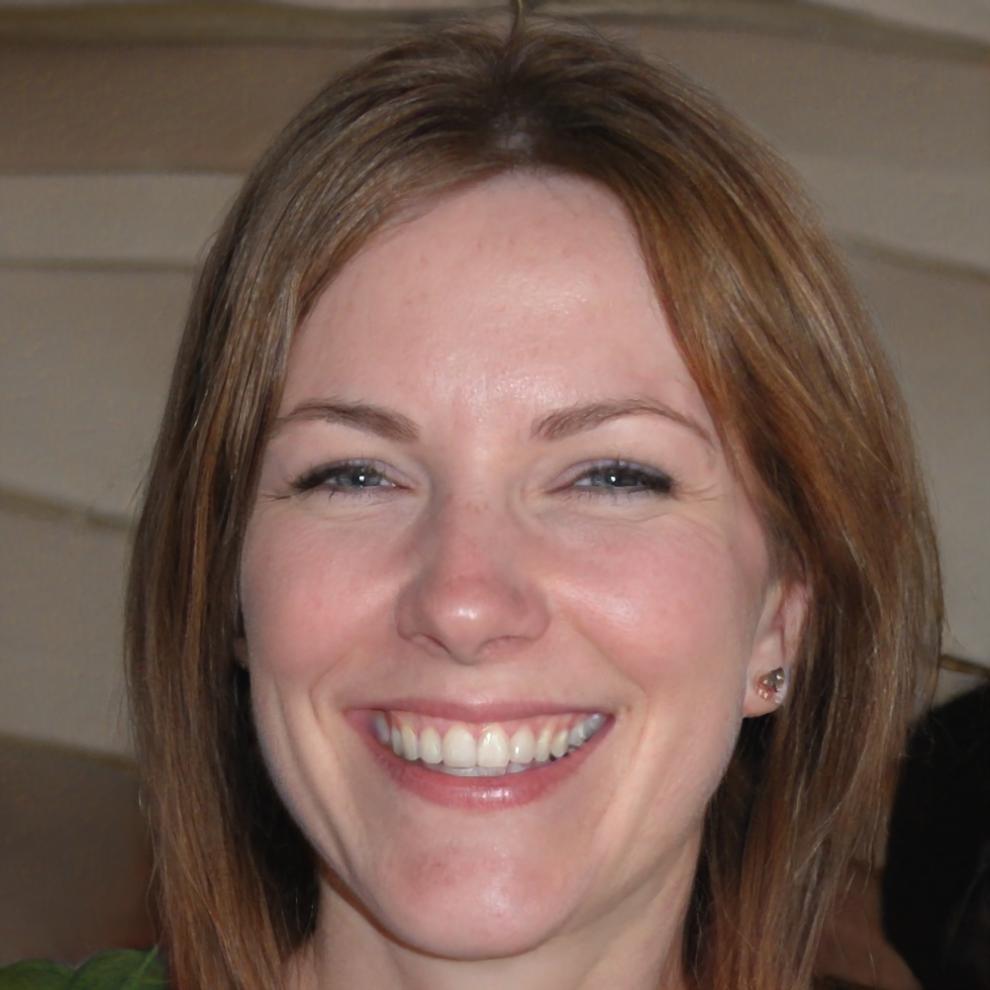Real-World Financial Literacy Through Experience
We don't just teach theory. Our approach combines hands-on analysis with genuine market scenarios because reading balance sheets is one thing—understanding what they actually mean for decision-making is something else entirely.
Most financial education feels disconnected from reality. We've built our teaching around actual case studies from Australian businesses and real market data that our students can touch, question, and interpret themselves.

Learn From People Who've Actually Done It
Our instructors aren't just academics. They've worked in trading floors, managed portfolios, and made (and sometimes learned from) real financial decisions. That experience shapes how they teach.

Declan Thistlewood
Market Analysis Specialist
Spent twelve years analyzing equity markets for institutional investors. Now he breaks down complex financial statements into language that actually makes sense.
His approach: start with real company reports and work backwards to understand the formulas, not the other way around.

Saskia Veldkamp
Corporate Finance Educator
Former CFO for mid-sized tech companies across Sydney and Melbourne. She teaches financial modeling using actual business scenarios she encountered during rapid growth phases.
Her sessions focus on understanding what numbers reveal about business health beyond the obvious metrics.

Niamh Kirkbride
Risk Assessment Consultant
Worked in banking compliance and risk management for fifteen years. She teaches students how to spot warning signs in financial data before problems become disasters.
Her teaching style: case studies from actual market events, including ones that went wrong and why.
Start With Real Documents
Every session begins with actual financial statements from publicly traded Australian companies. Students learn by examining real quarterly reports, not sanitized textbook examples.
We use companies across different sectors—retail, mining, services, tech—so students see how financial structures vary by industry. The same ratio means different things in different contexts.
Group Analysis Sessions
Students work in small groups to interpret financial data and present their findings. This mirrors how analysis actually happens in professional settings—through discussion, disagreement, and collaborative interpretation.
- Each group tackles a different company or time period
- Presentations focus on what the data suggests, not just what it says
- Other students challenge assumptions and interpretations
- Instructors provide context from their professional experience
Build Understanding Progressively
We don't dump all concepts at once. Students start with basic income statements, then add balance sheets, then cash flow analysis. Each layer builds on what came before.
By the time students are analyzing complete financial packages, they've already internalized the fundamentals through repeated practice with simpler documents.
Connect Numbers to Decisions
Financial data exists to inform choices. Students learn to connect what they see in reports to actual business decisions—should a company expand, do they have sufficient reserves, are growth rates sustainable.
This shift from calculation to interpretation is where real financial literacy begins. Anyone can compute a ratio. Understanding what that ratio means for future action requires practice and judgment.
The Learning Journey
Our program runs over nine months, structured to build competency through consistent practice rather than cramming information into intensive short courses. Financial analysis is a skill that develops through repetition and reflection.
Foundation Period
Months 1-3 (Starting September 2025)
Students learn to read and interpret basic financial statements. Focus on income statements and understanding revenue, costs, and profitability. Sessions use real company reports from various Australian sectors.
Intermediate Analysis
Months 4-6
Introduction to balance sheet analysis and cash flow statements. Students begin connecting different financial documents to build complete pictures of company health. Group projects involve comparing companies within the same industry.
Advanced Interpretation
Months 7-9
Students analyze complete financial packages and develop their own investment theses. Final projects involve presenting comprehensive analysis of a selected company, including historical performance and forward-looking assessment based on available data.
Ready to Develop Real Financial Literacy?
Our next program begins in September 2025. Classes meet twice weekly in the evenings with additional online resources for self-paced practice. Limited to 24 students per cohort.
Get Program Details